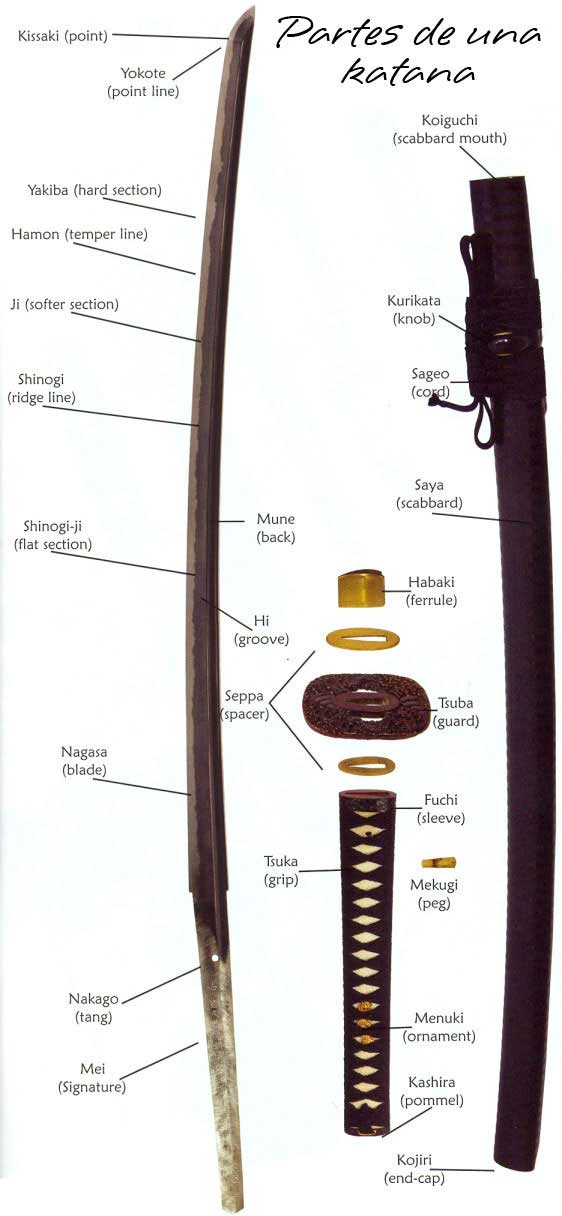What is the Mune?
The Mune is the back section of the blade of a katana, the emblematic Japanese sword that has a rich history and tradition. This area is opposite the edge and plays a fundamental role in the overall structure of the katana. The design and characteristics of the Mune can vary significantly depending on the type of katana and its specific purpose. For example, katanas designed for combat may have a thicker Mune to provide greater strength, while decorative katanas may incorporate a thin and aesthetically elaborate Mune.
Variations in the Mune include different shapes—straight, curved, or even triangular—each of which influences aspects such as effectiveness, balance, and impact absorption capacity. These characteristics are essential not only for the weapon's performance but also for the user's safety, as a well-designed Mune can help minimize vibrations that occur during use.
Besides its practical functions, the Mune has esthetic value. Many Mune are decorated with engravings and designs that reflect the rich Japanese culture and the owner's lineage history. This ornamentation transforms the katana into not only a combat instrument but also a work of art that reflects its heritage.
To ensure the longevity and functionality of the Mune, proper maintenance is crucial. This includes keeping this part of the blade clean and properly lubricated to prevent oxidation and corrosion, which can deteriorate its quality over time. Additionally, the Mune should be protected from impacts and physical damage, as any alteration could compromise its effectiveness and performance during use.

In conclusion, the Mune is an essential part of the katana blade, not only for its functional contribution but also for its esthetic value. Understanding its importance can help enthusiasts and collectors appreciate and properly care for this impressive Japanese tradition.
















